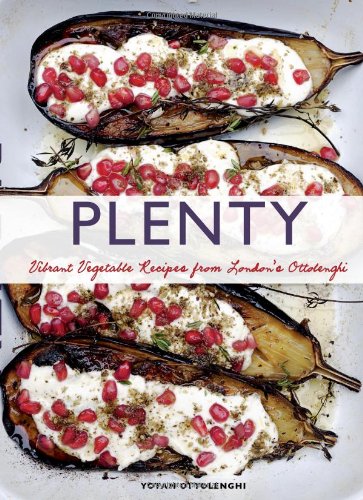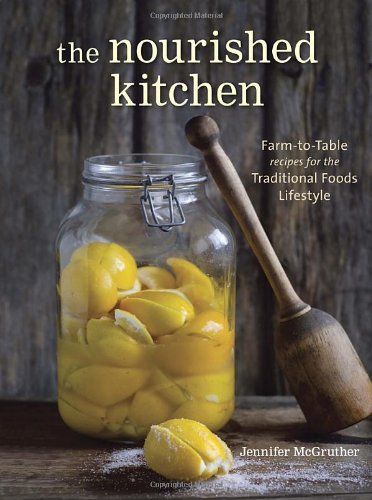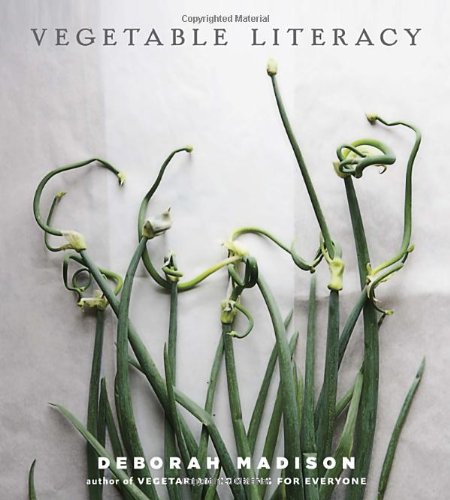This newsletter is for Tuesday Pick-up Members ONLY. Check your inbox for an accurate newsletter sent out the day before your delivery. Thanks!
The second week of the CSA brings us another double feature of Boston Lettuce. This is the last time you'll get this variety in your shares (sniff, sniff) because it only grows well in the cool early season weather. After this week, you can expect to receive just one head of lettuce at a time. So enjoy this buttery leaf variety for one more week! I'm also super excited to announce that spinach is in the shares this week! Spinach is really hard to grow organically for many reasons - it doesn't germinate well, it is extremely finicky during its baby stage, (it hates the hot weather and loves the rain), and harvesting it is tricky. But we all love it, so we do our best to grow it for you! Also in this week's shares...collards, turnips and bok choi!
DO YOU STILL HAVE SOME OF LAST WEEK'S SHARE IN YOUR FRIDGE? If you're a new member or maybe just not so accustomed to eating THIS many vegetables, you may start suffering from CSA Overload Stress. It's a common condition, but it can be cured! Here are a few tips to help ease the burden and get your fridge cleaned out in time for this week's share.
Tip #1 - Make salads and vegetables a larger part of your meal. Most people are used to eating a "Main Course" with a "Side Salad". If you're only washing up a small portion of your greens for a salad every night, it's going to take a long time to get through it. Try flipping this around. Use the salad as your main course and put the other parts of your meal (your protein of choice, etc.) on the side! A few examples of this may be a huge salad topped with chicken, grilled fish, tempeh kebabs, chickpeas, you name it!
Tip #2 - Hide it! There are million different ways to incorporate greens into your meals without really noticing it. For a quick and healthy breakfast smoothie, fill your blender with a few handfuls of lettuce, collards or kale (yes, it's good!) along with frozen berries, a banana, some orange juice and you're good to go! Greens also disappear (and add great flavor) to soups. Use your favorite minestrone or vegetable soup as a starting point and add chopped greens about 15 minutes before it's finished cooking. It will cook down to almost nothing and it's super flavorful and healthy. Finally, greens can be used to fill quiches which kids love and it makes a quick and easy lunch. With a side of salad, of course!
Tip #3 - Give it away! Neighbors, Co-workers will love you! This is one of the best tips, originally shared by a fellow member. Most people won't turn down a gift of beautiful organic produce, so bring your neighbor your unused head of lettuce, or take your collards to work. You're sure to get a taker and everyone will go home happy!
GOT TIPS? Please share your Recipes, Cooking Tips & other ideas for getting the most out of your CSA on our FACEBOOK CSA MEMBERS PAGE! (It's a private group.)
This week in the shares...
Baby Spinach - The most tender, flavorful little leaves you ever did taste! I'm hooked on spinach salads with red onion, toasted pine nuts and a light vinaigrette. You don't need much.
Storage: In an airtight (plastic) bag in the refrigerator. Uses: Raw, Cooked. When to use: Within 3 days.
Bok Choi - A wonderful Asian green that has juicy stems and tender leaves. You can eat the whole thing! Perfect for stir-fries or even raw in a special salad. Try one of the recipes below.
Storage: In an airtight (plastic) bag in the refrigerator. Uses: Raw, Cooked. When to use: Within 5 days.
Red Boston Lettuce - This tender leaf lettuce is also known as Butter or Bib lettuce and it grows well in the early part of the season in the cooler temperatures.
Storage: In an airtight (plastic) bag in the refrigerator. Uses: Raw in a salad. When to use: Within a week.
Green Boston Lettuce - We always grow these red and green varieties in pairs. They are so beautiful growing in the field and sitting in your salad bowl.
Storage: In an airtight (plastic) bag in the refrigerator. Uses: Raw in a salad. When to use: Within a week.
Collards - These cooking greens don't get the love that they deserve. They are a cousin of kale, a member of the Brassica family and packed with nutrients. Their smooth flat leaves have a great texture when cooked. If you're not quite sure what to do with them, just try one of the delicious recipes below.
Storage: In an airtight (plastic) bag in the refrigerator. Uses: Raw, Cooked. When to use: Within a week
Japanese Salad Turnips - Eat the tops! (Best gently wilted or sauteed.) Eat the bottoms! (Raw or cooked.) Separate the two before storing them in your fridge in a sealed bag.
Storage: In an airtight (plastic) bag in the refrigerator. Separate the roots from the greens first- then they can be stored in the same bag. Uses: Raw or cooked. When to use: Within 5 days.
Recipes
Lemony Collard Greens with Pasta - Cookie + Kate blog
How to Cook Collard Greens - The Kitchn
*Simple* Braised Baby Bok Choi
Apple & Bok Choi Salad
Glazed Japanese Salad Turnips - Epicurious




























